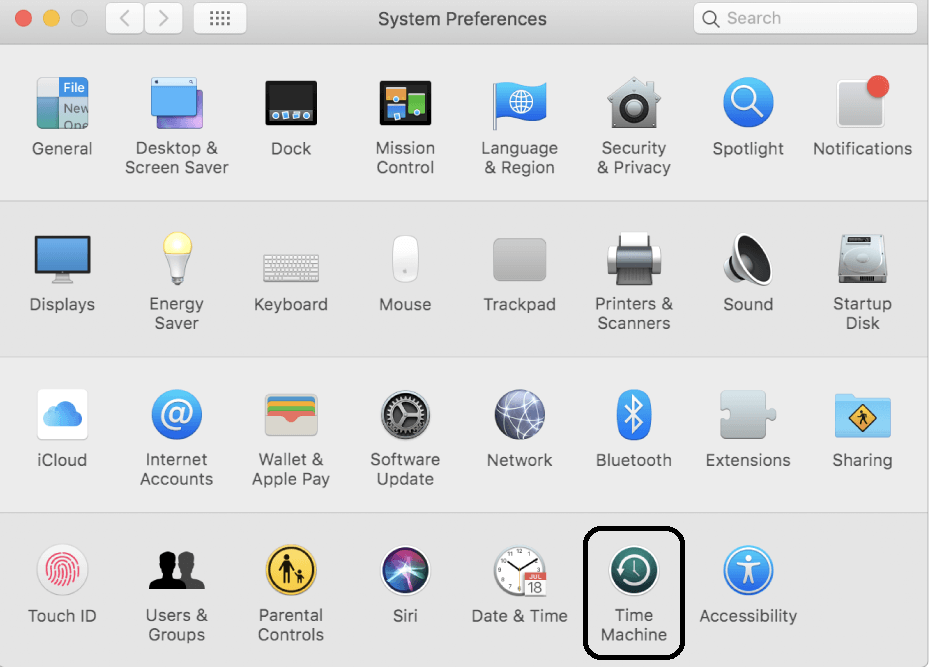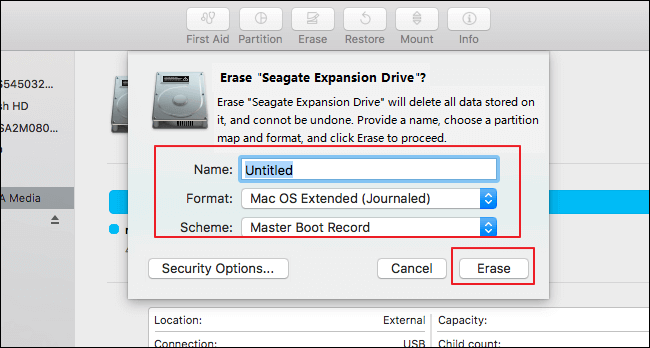
- #How to reformat seagate drive on mac how to#
- #How to reformat seagate drive on mac mac os x#
- #How to reformat seagate drive on mac mac os#
- #How to reformat seagate drive on mac install#
RELATED: Understanding Hard Drive Partitioning with Disk Managementįirst, open the Windows Disk Management tool. You’ll probably want to uninstall Java when you’re done.Įrase the Mac Partitions, Including the EFI System Partition
#How to reformat seagate drive on mac install#
HFSExplorer unfortunately requires you install Java to use it, but it’s the only free option here. If you only have Windows systems available, you can use HFSExplorer to copy files from the drive onto your Windows system drive or another drive.

If you have a Mac lying around, you can plug the drive into a Mac and back up the files. Instead, we’ll just be wiping the drive and starting over from scratch. This process won’t actually convert the file system.
#How to reformat seagate drive on mac mac os#
If you want your Mac to be able to write to this partition, you'll need third-party software to enable this on Mac OS X.First, back up the data on the Mac-formatted drive if you have anything important on it.
#How to reformat seagate drive on mac mac os x#
This would be a good volume to install Windows onto, but beware that Mac OS X only has read-only support for NTFS built-in.

#How to reformat seagate drive on mac how to#
The FAT volume format is showing its age, but a huge variety of OSes know how to work with it. This is a good place to put files that you want both Mac and Windows to have read/write access to.

Reformat the disk to FAT32, which ( as suggested by Michael Sturm) is the lowest common denominator in file systems between OS X and Windows. This file system type is not natively supported by Windows, which is why the disk will not mount when you plug it into your laptop. If it is Mac OS Extended or a something similar then your disk is using the HFS+ file system, which is the default for OS X. the name you see in your file tree when the disk mounts under OS X) what do you see for the Format at the bottom of the window? If you open the Disk Utility application on your Mac with the disk connected, you should be able to see it in the list of disks on the left hand column of the Disk Utility window.


 0 kommentar(er)
0 kommentar(er)
